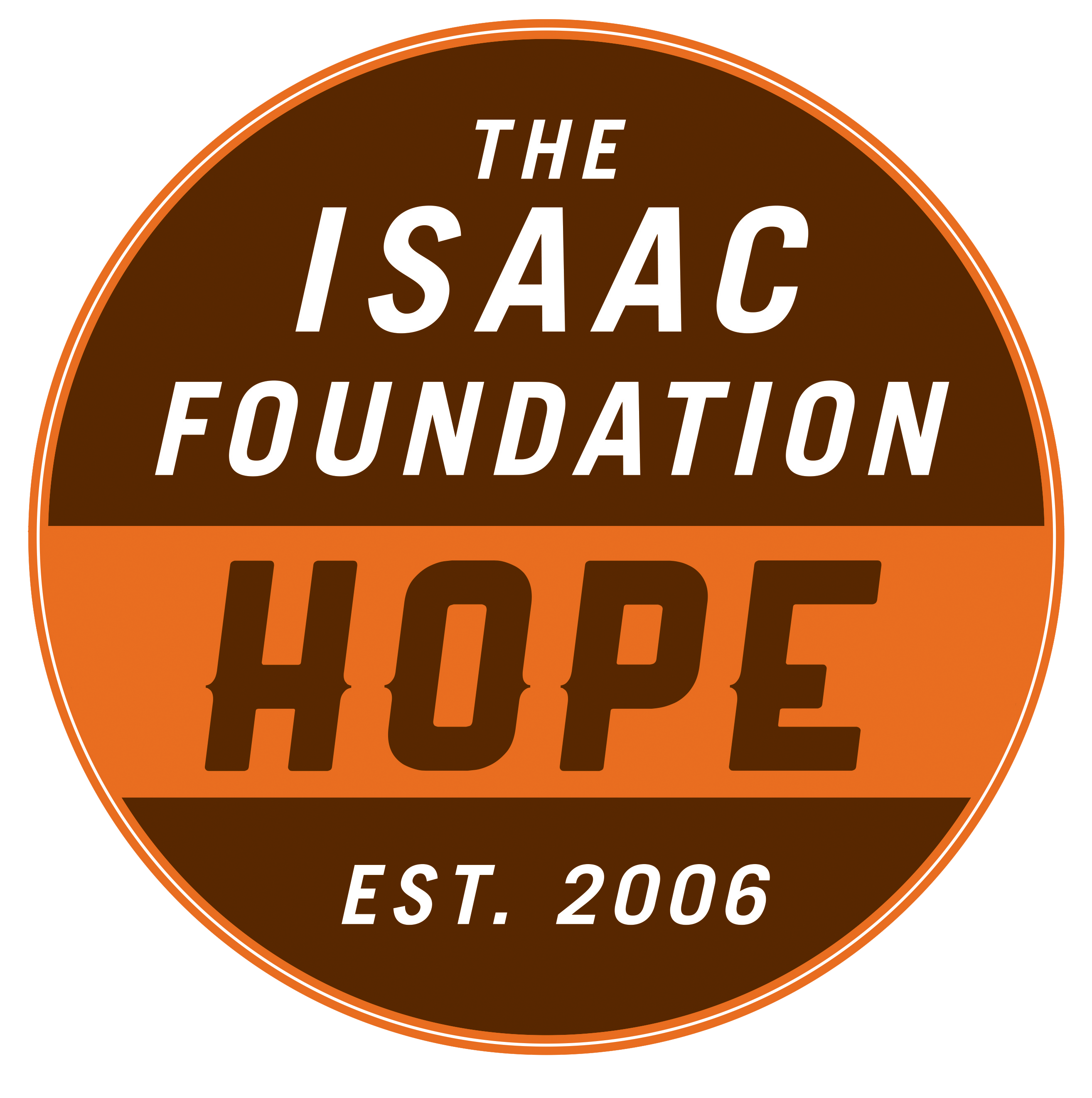What is Batten Disease?
Neuronal Ceroid Lipofuscinosis (NCL) is a rare and debilitating genetic disorder. NCLs are a group of disorders which are often collectively referred to as Batten disease. Batten disease primarily affects the nervous system and is characterized by seizures and a progressive loss in motor, language, visual, and cognitive skills. There are 14 different forms of Batten disease, which are numerically identified as CLN1, CLN2, etc.
Patients with Batten disease lack an enzyme that breaks down cellular waste in the body. This waste accumulates in cells throughout the body, with nerve cells being particularly affected by this build up, and leads to some of the symptoms described below.
Individuals with Batten disease are born healthy, often reaching expected developmental milestones in their first years. The signs and symptoms of Batten disease can vary greatly between individuals, though many of the forms have overlapping symptoms that impact patients in similar fashions.
Some children with Batten disease do not develop symptoms until later in childhood, after age 4, or even later into adulthood. These patients tend to have milder symptoms. Initial symptoms often include seizures and difficulty coordinating movements, the development of muscle twitches and vision loss. Patients’ motor skills, including sitting and walking, and speech development are also affected.
Currently, only treatment for CLN2 is available in the form of an enzyme replacement therapy, but there is much Hope on the horizon for some other types of Batten Disease with innovative treatments being studied in clinical trials.
There are two types of CLN1 disease: infantile onset, and juvenile onset. In the infantile form, symptoms appear before age 1 and progress rapidly. Most affected children die in early to mid-childhood. In the juvenile form, children may develop the disease after infancy, around age 5 or 6, and have a slower progression of symptoms. Children may live into their teenage years. Some children may not develop symptoms until adolescence, and may live into adulthood.
Like other Batten diseases, CLN2 is characterized by the accumulation of waste in cells throughout the body. Nerve cells are especially vulnerable to these effects. The progressive damage of nerve cells in the brain and other tissues cause the symptoms of CLN2 disease.
Children with CLN2 disease may have late-infantile onset or later-onset of the disease. In late-infantile onset, children typically begin to show symptoms around age 4-5; most die between 6-12 years. In later-onset, children may develop the disease later in childhood, around age 6-7, and may live into their teens.
Symptoms begin between age 4-7, often beginning with rapid vision loss, and other symptoms common with Batten diseases. Children with CLN3 disease die between ages 15-30.
Developmental delays begin to appear in the first few years of a child’s life, with seizures and other symptoms beginning between ages 3-7. Affected children often experience a rapid progression of symptoms between 9-11. Children typically live until their late childhood or teenage years.
Symptoms often begin between 5-10 years and include seizures and cognitive decline. A very rare form of this disorder is sometimes called Northern Epilepsy syndrome, because of its prevalence among certain families in an area of Finland.
Children with late-variant onset of CLN8 begin to show symptoms between ages 2-7. Symptoms common with Batten diseases are likewise present in CLN8. Affected children develop treatment-resistant epilepsy and a progressive loss of cognitive skills, and the ability to walk or stand unassisted. Life expectancy varies, and some children live into their teens.
Though CLN10 disease can occur later in childhood or adulthood, symptoms are often seen soon after birth, with some children having microcephaly, an abnormally small sized head, with reduced brain size.
In the congenital form, seizures can occur after birth. Though, these are hard to differentiate from normal baby movements. Babies may die shortly after birth, or within the first few weeks of life. In the late-infantile form, affected children show a later onset of symptoms, and a slower progression of the disease. Affected children often die in early childhood.
